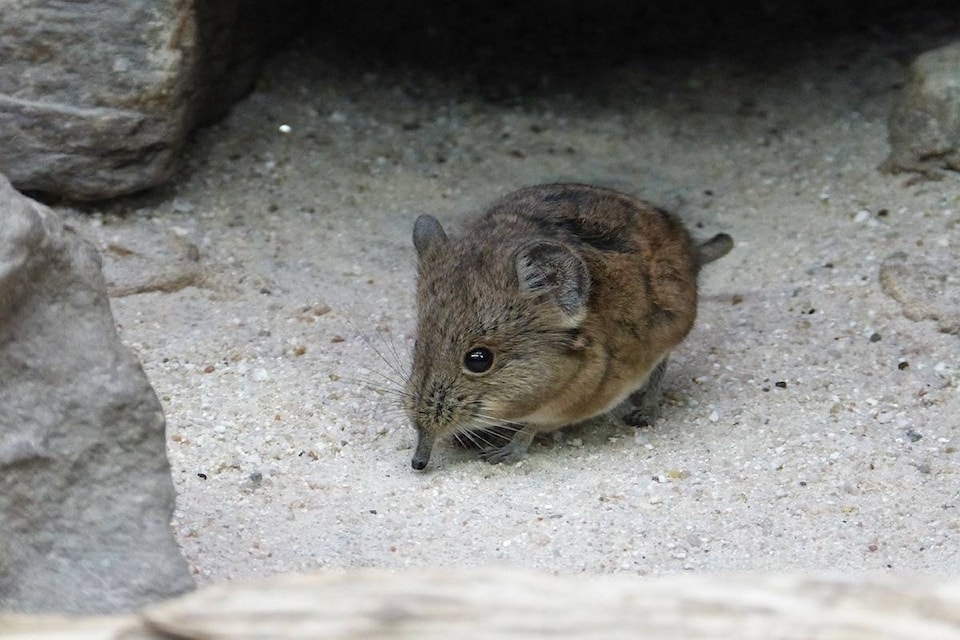“Out There” is a column by Ed McMackin
What’s that all about? It’s about a shrew and a shrike, but, perhaps, more about a shrike. Both the shrew and the shrike are “carnivorous,” as are wolves, and coyotes, members of the dog family and, as are members of the weasel family, eating other members of the animal kingdom.
To be a little more specific, because of their selective eating habit, shrews are called insectivores. However, they not only eat insects, in their various stages, but also eat earthworms, spiders, snails and slugs. It has poison injecting “fangs” and, as I have read, contain enough poison in their bodies to kill a human.
Shrews hunt and pursue their prey, and also appear to be ready to protect themselves by standing up on their hind legs and bearing their teeth. In terms of small creatures, they are very brave as well as vicious. They have faced me off when my hands got too close. I have also seen them stand up against the cat.
The cat has been cautious, since I think she got bitten, but chases them around the yard and tortures some of them till they die of injuries or starve to death. I am sympathetic towards the shrew and attempt to somehow distract the cat until the shrew finds a place to hide.
The shrike is a predatory bird and is responsible for pinning the shrew on a sharp stem of a shrub. The shrike will kill its prey on the ground and eat it immediately or hang the prey in a bush to come back to it when it’s hungry. I have found song sparrows and deer mice hanging in the crotch of a shrub or impaled on a thorn, a common practice of the shrike when not wanting to eat it on the spot. Because of its hawk-like eating habit of tearing its victim apart after chasing it down, it has been called ‘the butcher-bird.”
I have never before seen a shrew impaled in a shrub. It is highly probable this was the fresh work of a shrike, but whether or not it will eventually come back and eat it is unknown. Shrikes, I am sure, forget about their catches and perhaps they don’t eat shrews.
Shrikes are most visible when perched in a small, leafless tree, which, from this vantage point, they look for probable food opportunities. Insects are also on their prey list and get ripped apart like their other prey, as hawks rip apart their food. Two species of the robin-sized shrike occur in the Kootenays – Northern Shrike and Loggerhead Shrike. More information is available in a new book on Kootenay birds by Linda Van Damme.
The shrew reminds me of a hummingbird, in that both are small but consume lots of food to support their highly active lives. The shrew, of which there are several species in the Kootenays, consume many times their own weight in food, between naps each day. They run, it seems, rather than walk, in search of possible prey, even in a light snow-cover, plowing a zigzag, shallow trench through the snow. They even work, winter and summer, underground following tunnels of voles, in the snow and underground and tunnels of squirrels.
